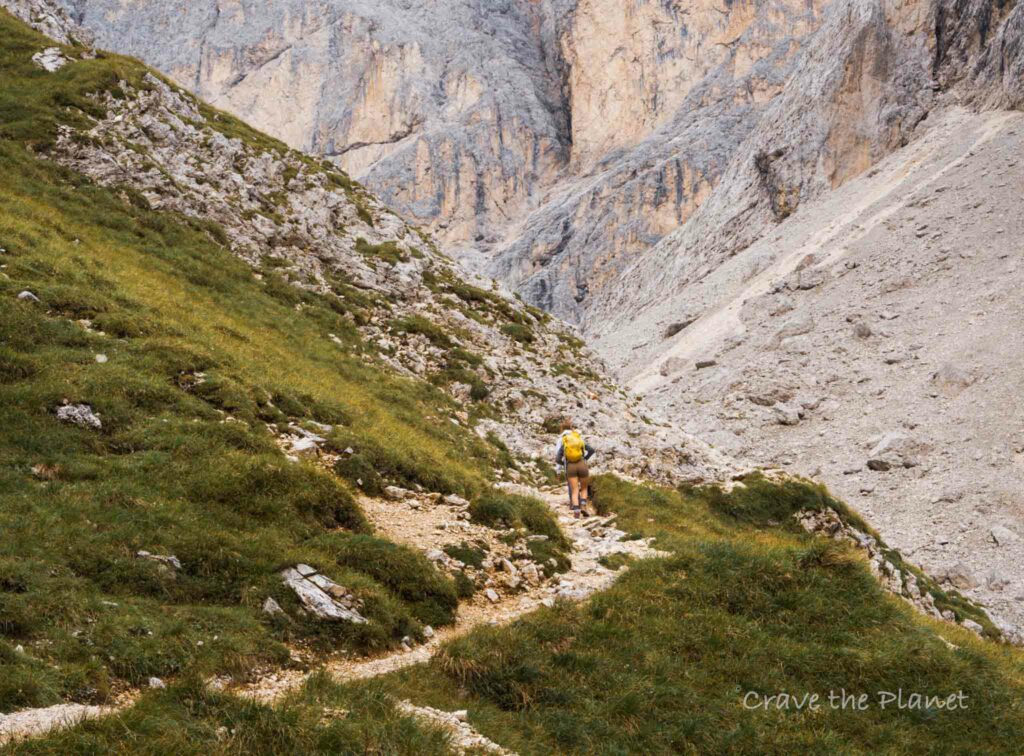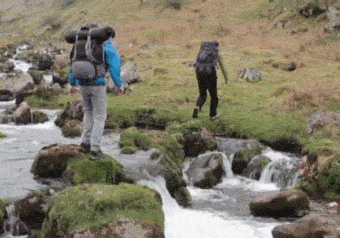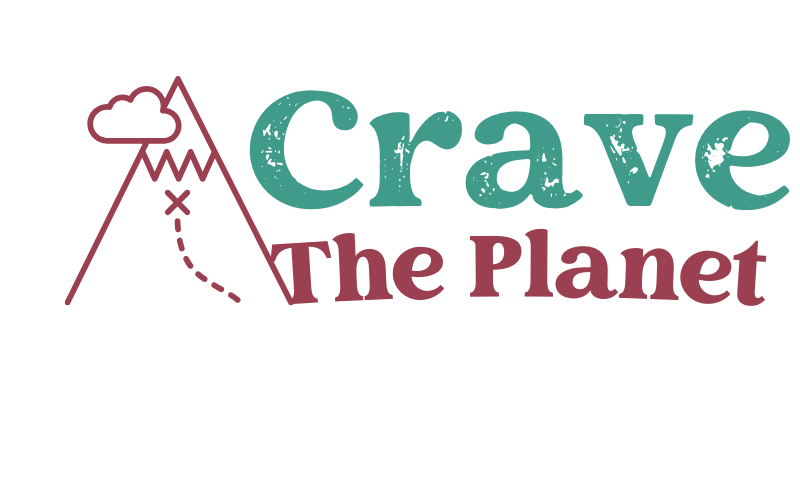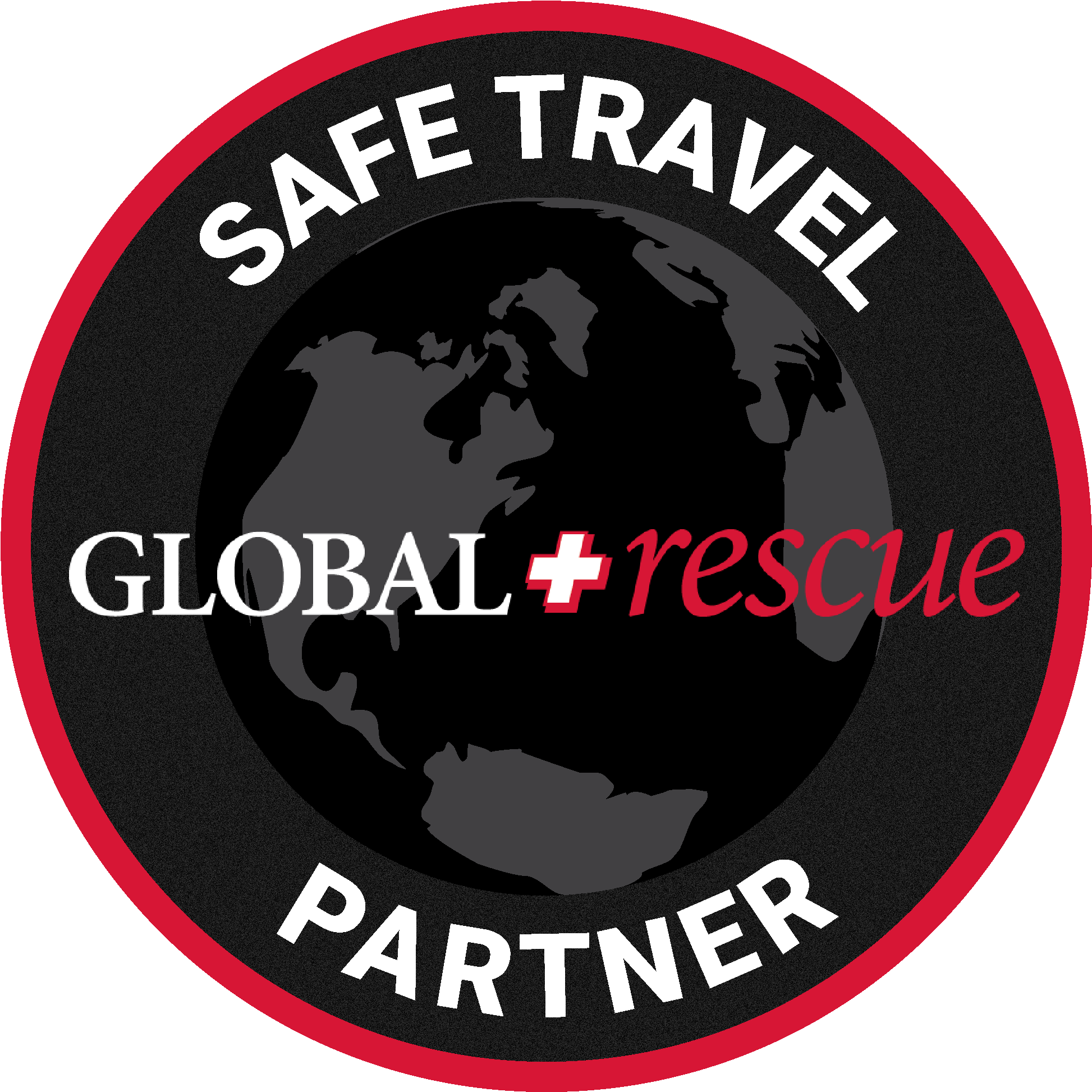As you prepare for a trek overseas, understanding your insurance needs is crucial. Knowing the specifics of trekking insurance can make all the difference in managing the risks associated with such adventures.

High altitude treks, especially those reaching up to 6,000 meters, require careful consideration of insurance coverage to ensure that you are protected against the inherent risks of the wilderness and demanding physical activity.
It’s also important to seek policies that cover mountaineering equipment such as ropes, crampons, and ice axes, as these signify activities that standard travel insurance may not cover.

While trekking, the fine details of insurance policies can have significant implications. A specialist insurance provider can give you the peace of mind you need to fully engage with the rugged outdoors.
Quick Verdict: no time to read the whole article? No problemo, here’s my top recommendation for trekking insurance.
- Truly Global Coverage
- Helicopter Rescue
- Medical Evacuation and Field Rescue
- Destination Reports and Alerts
- 24/7 telehealth staffed by experienced nurses, paramedics and military special operations veterans.
- Membership + Individual Trips - Add-on Tradtional Travel Insurance
Being informed about the various offerings and the scope of coverage will empower you to make the best choice for your journey.
Keep in mind, the specific terms and conditions of insurance policies are vital, and thoroughly reviewing them is just as important as picking the right trek itself.
Key Takeaways: How to Choose Trekking Insurance
- Evaluating trekking insurance options is vital for overseas treks or high-altitude adventures.
- Specialist insurance may be necessary for activities involving mountaineering gear.
- Careful review of policy details is essential before making an insurance purchase.
Trekking Protection Plans
Important Factors to Evaluate
When embarking on high-altitude adventures, several critical elements must be weighed regarding insurance for trekking activities. Here’s a breakdown of major aspects to consider:
- Altitude Limitations: Typical vacation coverage doesn’t extend to the risks encountered in high-altitude treks such as those to Everest Base Camp or Kilimanjaro peak. Ensure your plan explicitly covers heights up to 6,000 meters to mitigate risks like Acute Mountain Sickness, which becomes a significant concern above 2,800 meters.
- Trail Injuries: From minor incidents like sprained ankles to serious accidents, the unpredictability of hiking requires comprehensive coverage that includes costs of both emergency medical services and potential evacuations.
- Unforeseen Sickness: Apart from on-trail injuries, general health issues, notably gastrointestinal ones, are not uncommon. Coverage for these off-trail medical incidents is vital.
- Gear and Baggage: Issues with baggage – such as theft, damage, or loss – can drastically affect your trek. Most insurance plans cover these, but check the coverage limits if you carry expensive gear.
- Comprehensive Travel Issues: Beyond trekking, general travel incidents like flight delays or tour cancellations should also be covered to ensure peace of mind.
| Consideration | Coverage Needs |
|---|---|
| High Altitude Risks | Covers up to 6,000 meters |
| Injuries | Includes evacuation and hospital costs |
| Off-Trail Health | Covers common illnesses and medical assistance |
| Baggage Protection | Includes theft, damage, loss, with optional higher coverage limits |
| Travel Disruptions | Flight delays, cancellations, tour operator default, public liability |
Features of Trekking Insurance
Navigating the intricacies of trekking coverage requires careful examination. For any inquiries, your chosen insurance provider is equipped to deliver thorough responses.
- What should my insurance cover for high-altitude treks?
Ensure altitude coverage, medical assistance, evacuation services, repatriation expenses, and acute mountain sickness care are included.
- Is coverage for trek accidents different from regular insurance?
Yes, it should encompass specific mountaineering incidents, search and rescue operations, and potentially helicopter rescue.
- Does trekking coverage include illnesses?
Common illnesses, especially those linked to travel like gastrointestinal issues, should be covered.
- What about personal belongings and equipment?
Baggage protection should cover loss, theft, and damage, with options to increase limits for high-value items.
- What if my trip is disrupted due to travel or tour company issues?
Look for policies that help mitigate financial impacts of travel delays, trip cancellations, and operator defaults.
For tailored guidance and more comprehensive details, always review the terms and conditions of your insurance policy and maintain direct contact with your insurer for 24/7 emergency assistance.
IN FACT:
It can cost upwards of $3000,000 to repatriate a body, so this insurance protects your loved ones in case of serious accident.
In case of emergency 👉 Rescue Insurance
Crave the Planet partners with Global Rescue to offer the world’s leading travel protection services. Medical and security emergencies happen. When they do, we rely on Global Rescue to provide our clients with medical, security, travel risk and crisis response services.
Without a membership, an emergency evacuation could cost over $100,000. More than one million members trust Global Rescue to get them home safely when the unexpected happens. Learn more about trekking insurance, but we highly recommend our audience enroll with Global Rescue.
Pros and Cons
- Comprehensive Emergency Services: Members have access to a wide array of emergency services, including medical and security evacuations, field rescues, and telemedicine consultations.
- Global Coverage: Global Rescue operates around the world, offering support and evacuation services in both remote and urban settings, which is particularly beneficial for travelers and adventurers.
- Expertise and Resources: The company is well-regarded for its team of medical and security experts and has a partnership with Johns Hopkins Medicine, ensuring high-quality advice and care.
- Cost Factor: The membership can be expensive, especially for those who travel infrequently or are on a limited budget.
- Membership vs. Per-Trip Insurance: Since the services are membership-based, they may not be as cost-effective for those seeking coverage for a single trip as opposed to regular travelers.
- Limited Traditional Travel Insurance Benefits: The membership focuses on emergency evacuation and rescue, which means it may lack comprehensive trip insurance features like trip cancellation, baggage loss, or delay coverage.
Final Verdict: Best Trekking Insurance
A combination of rescue and travel insurance is best for adventure travelers. Rescue insurance is to protect yourself and travel insurance is to protect your wallet.
Rescue Insurance [Protect Your Body and Health]
It’s a very good idea to get insurance for this trip just in case you twist an ankle or worse on the trail. Parts of these trails are totally inaccessible to vehicles so if you did get hurt you would have to get a helicopter rescue.
Crave the Planet partners with Global Rescue to offer the world’s leading travel protection services. Medical and security emergencies happen. When they do, we rely on Global Rescue to provide our clients with medical, security, travel risk and crisis response services. Without a membership, an emergency evacuation could cost over $100,000. More than one million members trust Global Rescue to get them home safely when the unexpected happens.
👉 We highly recommend hikers enroll with Global Rescue for peace of mind.
Travel Insurance [Protect Your Wallet]
| TL;DR From Author
Don’t let unexpected changes derail your travel plans – with travel insurance you can have peace of mind knowing that you’re covered if you need to alter your bookings. Protect your investment and travel with confidence by securing travel insurance today.
Become a European Adventure Travel Insider in Just 5 minutes
✨Unlock Europe’s best-kept secrets with our free bi-weekly newsletter.

Common Questions
Choosing the Right Travel Insurance for High-altitude Hiking
When selecting insurance for high-altitude hiking, consider these factors:
- Policy Coverage: Ensure the policy covers altitudes beyond your intended trek.
- Medical Coverage: Look for comprehensive medical coverage, including conditions related to altitude sickness.
- Emergency Evacuation: Confirm that your policy includes air evacuation and rescue services.
Trekking Insurance in the Era of COVID-19
How COVID-19 impacts trekking insurance:
- Trip Cancellation: Check if the policy covers cancellations due to pandemic-related restrictions.
- Medical Treatment: Verify if COVID-19 treatment is included if you fall ill during the trek.
Advantages of Hiking-Specific Insurance Compared to General Travel Policies
Reasons to opt for specialized hiking insurance:
- Activity Coverage: Tailored to cover common hiking risks, like trail injury.
- Equipment Protection: Offers protection for specialized hiking gear.
Insurance Distinctions Between Hiking and Trekking
Understanding the nuances in coverage:
- Risk Level: Trekking often requires additional coverage due to increased risks.
- Duration and Distance: Longer treks could necessitate more comprehensive insurance due to extended exposure to elements.
Top Travel Insurance Plans for Treks Up to 6000 Meters
Look for policies with:
- High-altitude coverage
- Medical and emergency services
- Gear and personal belongings protection
Inclusion of Rescue and Medical Evacuation in Trekking Insurance
Most trekking insurance plans include:
- Rescue Services: Availability of mountain rescue services.
- Medical Evacuation: Coverage for transportation to the nearest medical facility.
My Guides to Bucketlist Hikes in Europe
(That I’ve personally done and loved.)
We hope this quick guide to trekking insurance helps you plan your next adventure.

Author profile: Morgan Fielder is a Doctor of Physical Therapy and passionate hiker who believes in exploring the world on foot with good food. Follow her journey as she shares science-based hiking tips and advocates for sustainable tourism.

